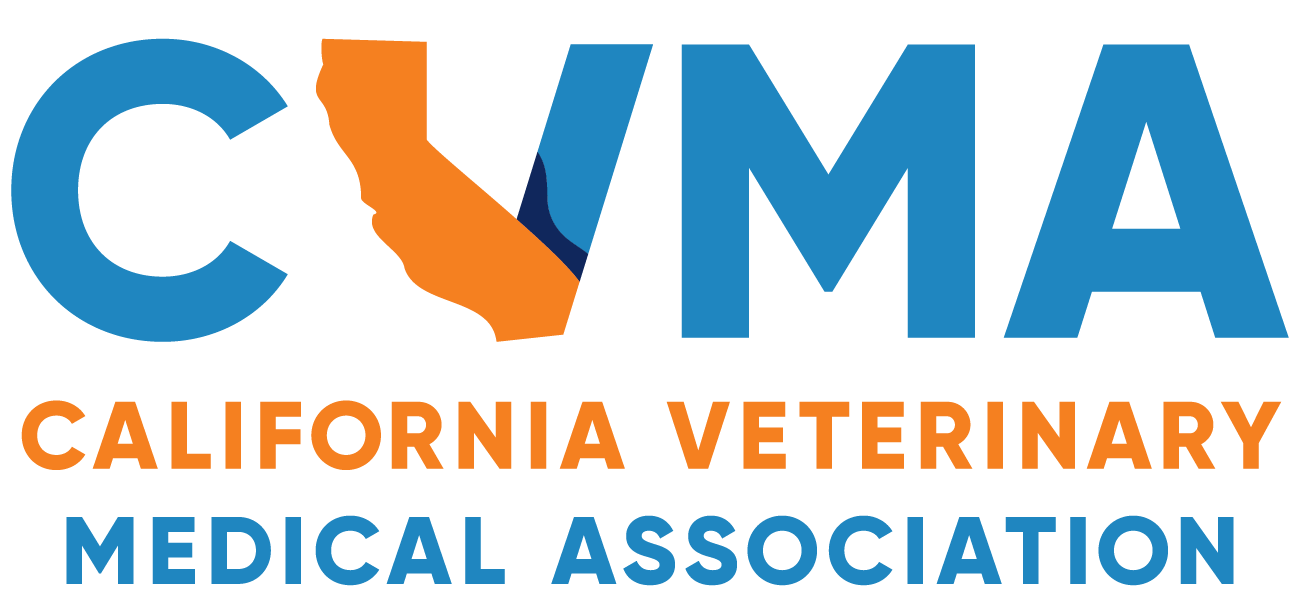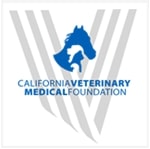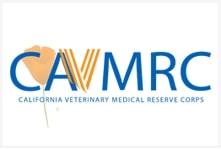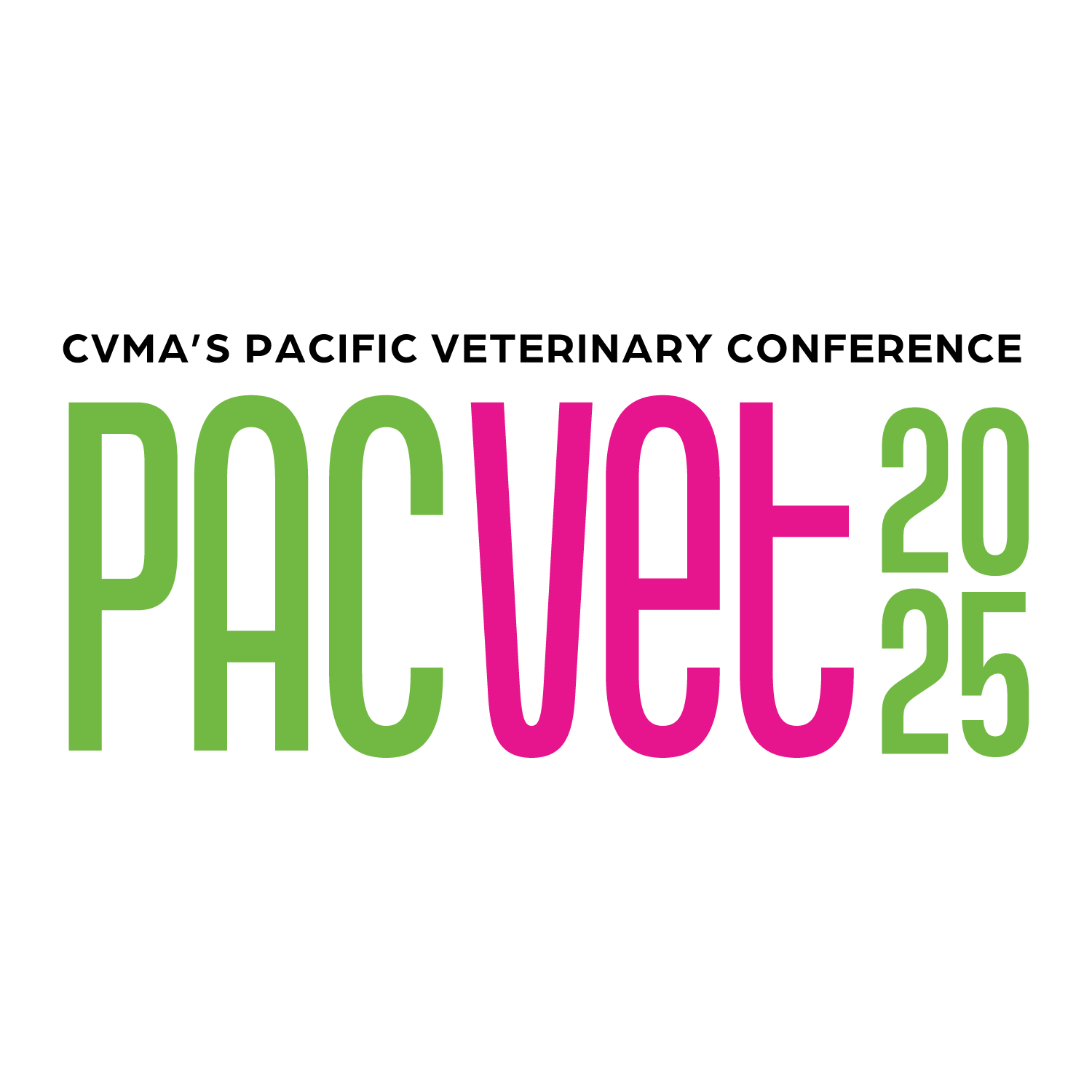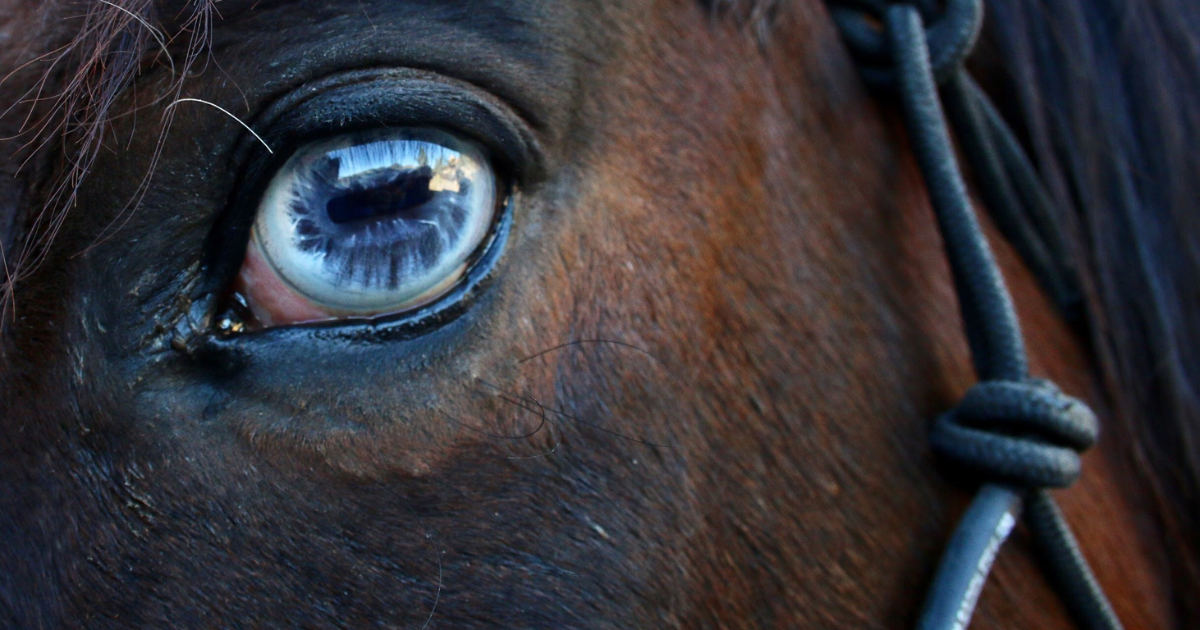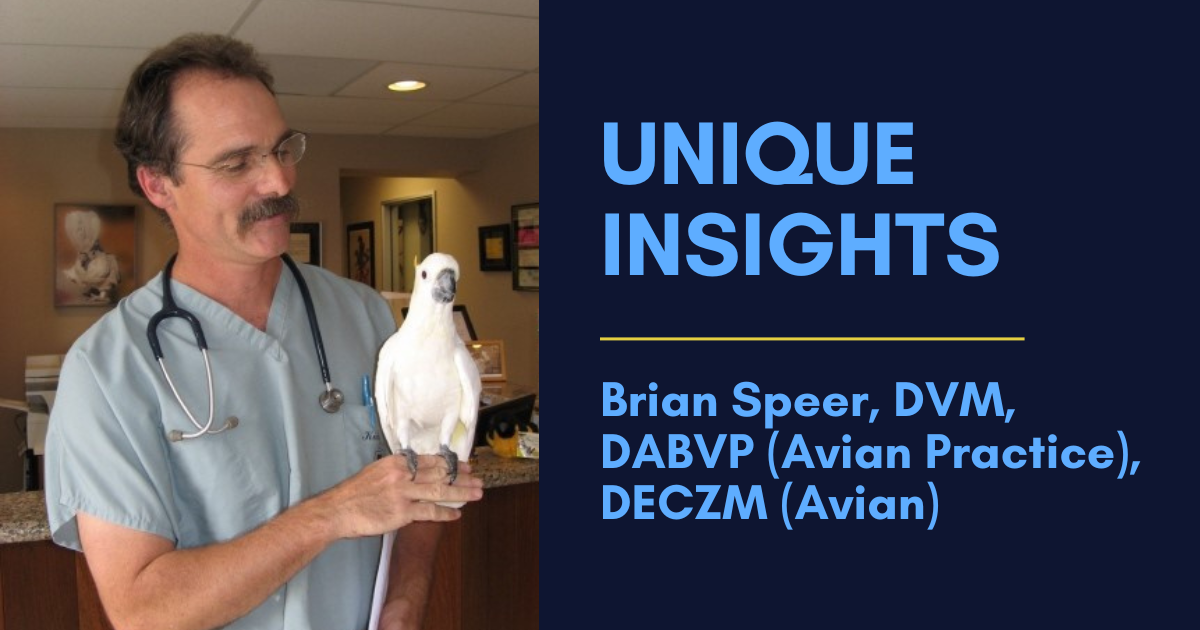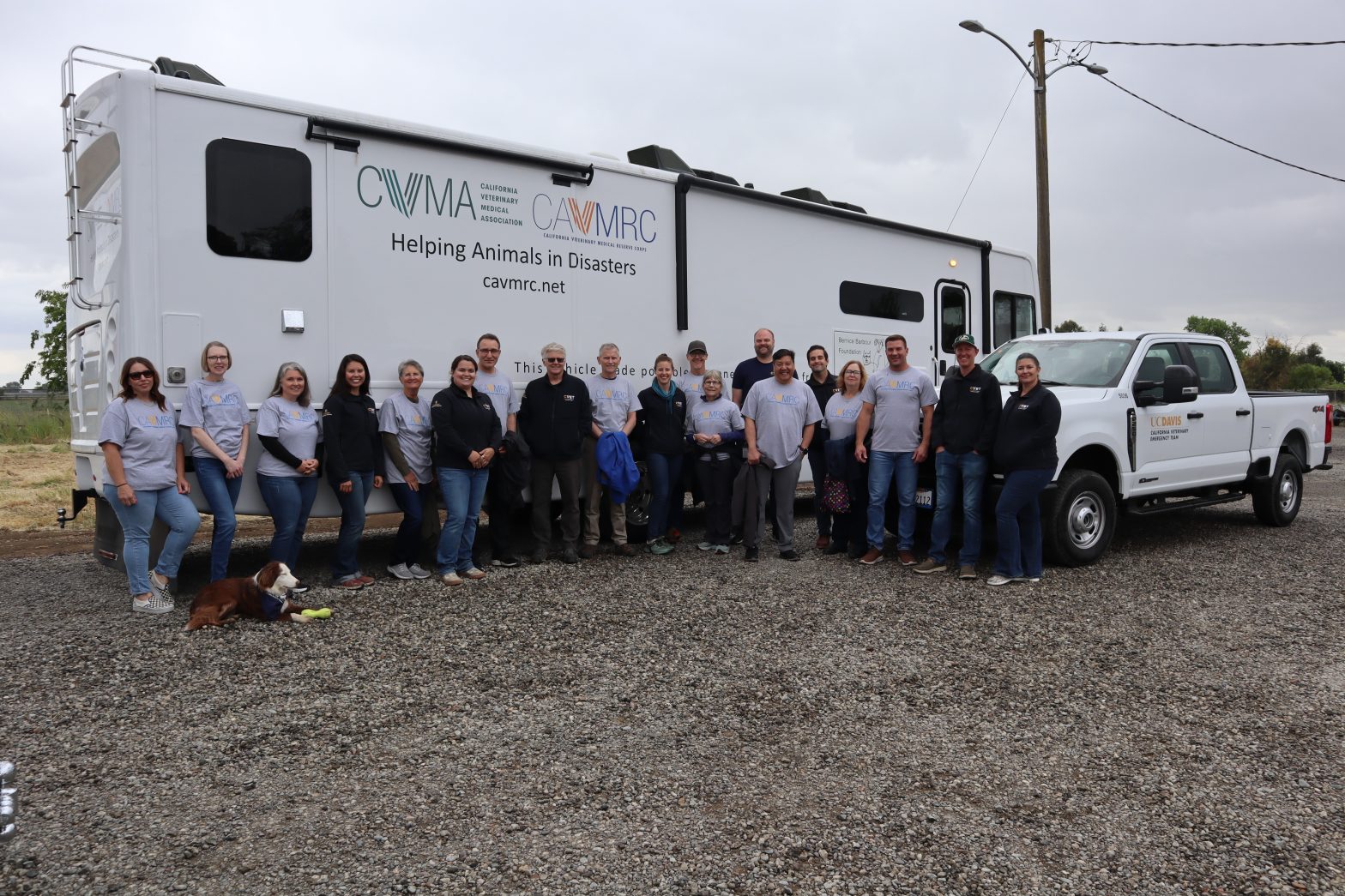Owning a veterinary practice is not just about making a living—it’s about making a difference in the lives of your patients and their owners. But running a successful practice also involves managing the risks that come with caring for animals and interacting with clients. That’s where business insurance comes in.
WHY EVERY VETERINARY PRACTICE NEEDS BUSINESS INSURANCE: Protect Your Passion with the Right Coverage

